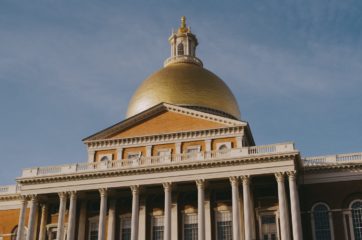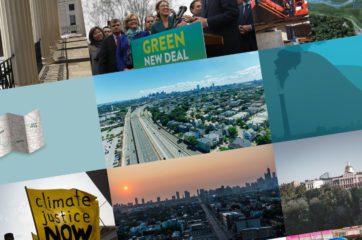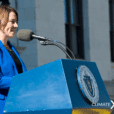BY JILL CLINTON, JUNE 21st 2018
On Monday, Councilor Pressley and Councilor O’Malley held a public hearing to address challenges the city is facing in meeting its goal of cover 35% of the city with trees by 2030.
Despite wide support, the city is still far behind on its 2030 goal. Monday’s forum included two panels of experts, ranging from Commissioner of the Boston Parks and Recreation Department Christopher Cook, to members of tree NGOs, and even professors. While the city is working hard on reaching 2050 climate goals, many wonder: why is it important to talk about planting trees?
Why is it important?
The first panel began with a discussion on the health and climate benefits of trees in the city. Aside from aesthetic appeal, trees can improve quality of life and provide key climate mitigation solutions. Trees pump oxygen into the air, which is crucial in areas where asthma rates are high. In addition, trees can also provide shade, creating microclimates, and reducing the impact of the heat island effect often observed in cities. Higher densities of trees can also increase property values in the area by creating more beautiful streets.
City officials are also interested in trees’ climate benefits, which include sequestering carbon from the atmosphere as well as reducing stormwater runoff. All the city experts at the hearing agreed that these benefits can substantially help Boston meet its climate goals, and improve quality of life in neighborhoods.
So what is the problem?
Mayor Menino pledged to plant 100,000 trees by 2020, a goal that Mayor Walsh reaffirmed but delayed to 2030. Today, officials discuss that the percent canopy cover is the more important figure than the exact number of trees. Even so, those goals amount to 35% canopy cover by 2030. To date, the city estimates that Boston is 27% canopy covered, 8% away from its goal. Representatives from the parks department cited limited funding, tree failure, development, and lack of plantable locations as significant challenges.
Tree Failure
Tree failure refers to the trees that die within the first year of planting due to storms, lack of care, disease, or other reasons. Maxwell Diamond, a representative from the parks department, estimated that between 15-20% of the trees planted in Boston die within the first year. When questioned further by Councilor O’Malley, Diamond admitted that this is a high percentage, and above average in the country. Mr. Diamond attributes this high mortality rate to lack of funding to properly care for the trees with fertilizer and water, as well as residents of the city not acting to water these trees when the parks department cannot.
Development
Each year, development projects clear thousands of trees across the city. This problem is not limited to Boston as Councilor Pressley noted that nationwide 30% of trees in American cities are lost to development. The most concerning factor with this statistic is that many cities do not keep track of how many trees are lost to development. Chris Cook, Commissioner of the Parks Department in Boston admitted, “We don’t know how many trees we’ve lost to development.” The city also has no laws requiring the consideration of trees in these development projects, or a mandate that requires replacement planting of trees removed during development.
Lack of Plantable Locations
While this idea seems to be a little more abstract, finding a plantable location in an already developed city is a real challenge. There are very specific guidelines that officials need to follow before planting a tree anywhere in the city. The Parks Department must ensure that trees will not tear up sidewalks or affect gas or utility lines, and that they will be able to survive where they are planted. This requires testing of soils and mapping potential plantable locations. Ideally, these locations will have the potential for more than one tree to be planted.
Councilor Pressley also addressed the idea of equity. She stressed that the departments need to be mindful of what neighborhoods are getting more trees and what neighborhoods need more trees. The Councilor pressed the council for information on how to prioritize which neighborhoods need trees the most, whether for property value, health benefits, or climate mitigation. Commissioner Cook noted that they do not have a system for determining priority, but that it should be an important consideration. Short of more funding, residents will play a key role calling 311 and requesting more trees for this campaign to take root. Councilor Pressley also suggested expanding this issue across the Walsh Administration, such as the health department and the zoning department, to increase support and resources for the issue.
In the meantime, residents can do their part by taking care of trees already planted around the city. Each new tree should have a care card with instructions for watering and providing nutrients to the trees. This small step can add up across the city.
JILL CLINTON COMMUNICATIONS FELLOW









